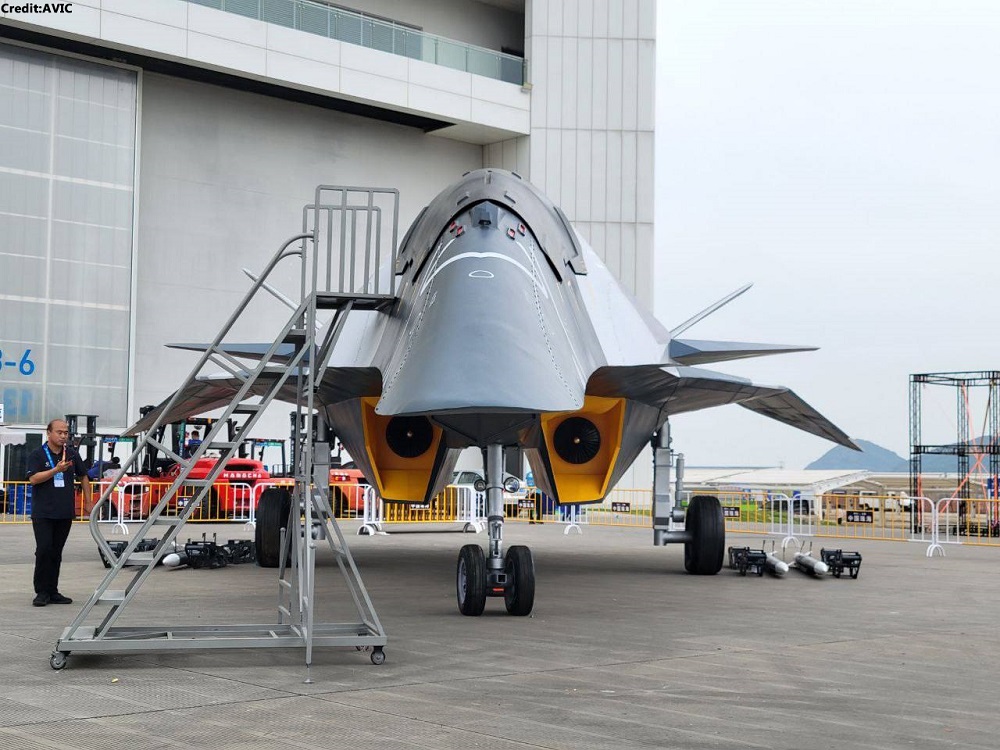Defence
HAL to Restart Su-30MKI Jet Manufacturing at Nashik Facility

In a major boost to India’s defense manufacturing, Hindustan Aeronautics Limited (HAL) is gearing up to resume production of Sukhoi Su-30MKI fighter jets at its Nashik facility.
This revival comes after a substantial $1.3 billion contract was approved in September 2023, signaling a renewed commitment to strengthening the Indian Air Force (IAF) fleet and bolstering local production capabilities.
The order includes 12 new Su-30MKIs, helping to replenish recent IAF losses and enhance India’s self-reliance in defense.
India’s C-295 to Gain Advanced Weapons for Maritime Surveillance
HAL plans to deliver these new jets within the next three years, with Russian support to assist in this endeavor, underscoring a long-standing strategic partnership between India and Russia. During Prime Minister Narendra Modi’s recent Moscow visit, both nations reiterated their commitment to co-manufacturing and technology transfer initiatives.
This collaborative effort aligns with India’s Make-in-India program, supporting domestic defense capabilities and paving the way for future exports to friendly countries.
Air China to Launch COMAC’s C929 in a Bid to Rival Boeing and Airbus
The Nashik facility has historically been integral to India’s defense industry, and the upcoming Su-30MKI production aligns with HAL’s broader vision of producing and upgrading critical defense assets.
Experts project that a full modernization of India’s Su-30MKI fleet will unfold over the next 8–10 years, helping to ensure that the IAF maintains cutting-edge capabilities well into the future.
Alongside the initial 12 jets, HAL has submitted a proposal to supply 72 additional Su-30MKIs, which would include an advanced “Super-30” upgrade package featuring enhanced avionics, radar, and combat capabilities.
Estimated at $5 billion, this ambitious expansion would raise the IAF’s Su-30MKI fleet to over 344 aircraft by 2029-30, potentially adding four new squadrons. These upgrades would incorporate indigenous radar and weapons systems, boosting India’s operational readiness and defense independence.

Defence
China Takes the Lead in Sixth-Generation Fighters with White Emperor B

China has taken the lead in the race to develop a sixth-generation fighter jet, recently revealing its new “White Emperor B” variant, an advanced prototype demonstrating China’s vision for next-generation air superiority.
While the United States has announced its NGAD (Next Generation Air Dominance) initiative and the European Union is also in development, China appears to be moving quickly, reportedly already testing components and assessing design viability.
Nicknamed the “White Emperor B,” this fighter jet is set to feature highly advanced capabilities, making it potentially more lethal than any current fighter. With a single-seat, tailless design, its shape is inspired by the nose and engine inlet configurations of the Su-30. The aircraft has a sleek, duck-shaped fuselage, two engines housed beneath the main body, and an exhaust system crafted to enhance stealth. The tailless structure is specifically designed for high-speed maneuverability, maximizing both stealth and control.
The White Emperor B is also expected to integrate cutting-edge weaponry, including air-to-air missiles, laser-guided missiles, and other state-of-the-art technologies, increasing its adaptability across various combat scenarios. This fighter aims to set new standards in human-machine collaboration, simplifying maintenance and significantly boosting combat efficiency and sortie rates — essential attributes for modern warfare, where rapid response and sustainability are crucial.
Experts suggest that the White Emperor B could utilize artificial intelligence (AI) to enhance pilot decision-making and optimize mission performance. It may also include advanced sensor fusion, enabling it to process real-time information and coordinate seamlessly with unmanned aerial systems (UAS), creating a cohesive combat network that allows both piloted and autonomous aircraft to operate together.
Aligned with global trends in sixth-generation fighter development, China’s White Emperor B program underscores its commitment to keeping pace with, or even surpassing, international defense initiatives like the U.S. NGAD and Europe’s Future Combat Air System (FCAS). Though specific technical details remain confidential, this conceptual model reflects China’s strategy to meet both current and future combat needs by pushing the boundaries of stealth, AI integration, and payload versatility. The White Emperor B is a clear statement of China’s ambition to secure a leading role in cutting-edge aviation technology, ensuring a formidable presence in future conflicts.
-

 Aviation2 months ago
Aviation2 months agoBoeing confirms 797: A New Era for Mid-Size Aircraft
-

 Aviation2 months ago
Aviation2 months agoMicrosoft Flight Simulator Raises $3 Million to Bring Back the An-225 Mriya
-

 Aviation2 months ago
Aviation2 months agoLockheed and Tata Team Up to Build C-130J MRO Facility in India
-

 Airlines2 months ago
Airlines2 months agoQantas Engineers Stage Walkout Over Cost of Living Concerns
-

 Airlines2 months ago
Airlines2 months agoQatar Citizens Can Travel to the United States Without a Visa
-

 Aviation2 months ago
Aviation2 months agoBoeing Offers 25% Pay Increase & Promise to Build Next Plane in Seattle
-

 Aviation2 months ago
Aviation2 months agoQatar Airways bans these new Electronic Devices on plane
-

 Airlines2 months ago
Airlines2 months agoEmirates Ends 28-Year Singapore-Melbourne Fifth Freedom Route









You must be logged in to post a comment Login